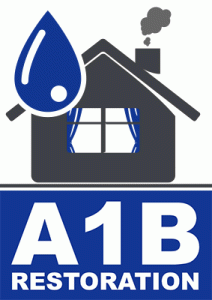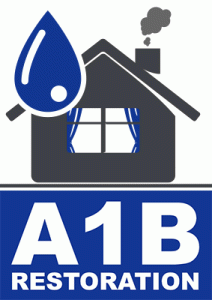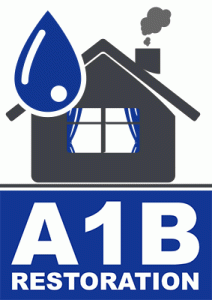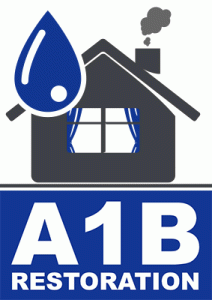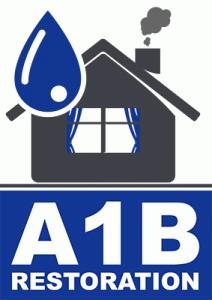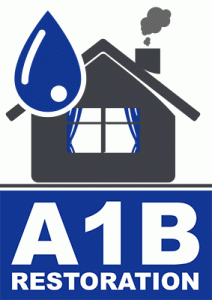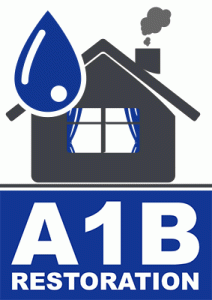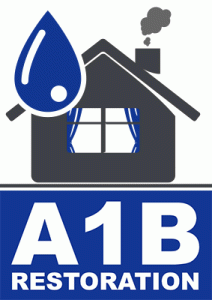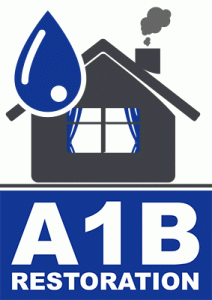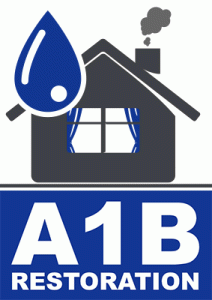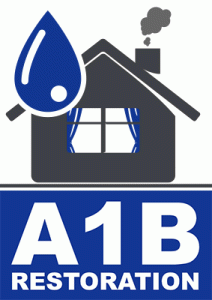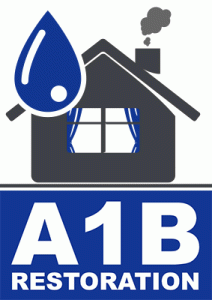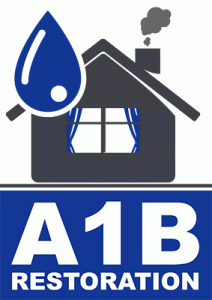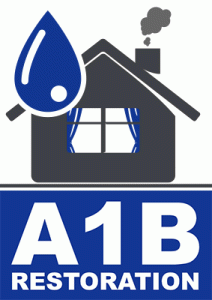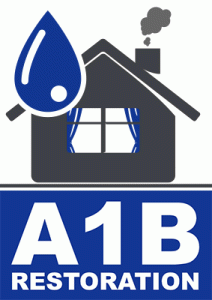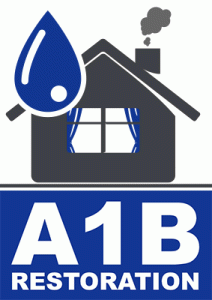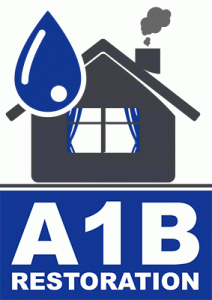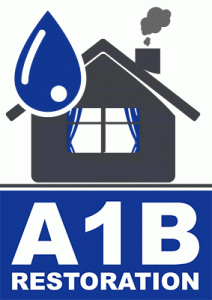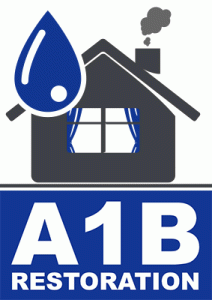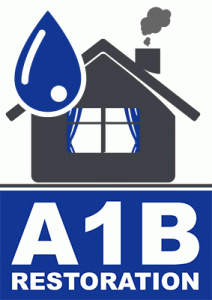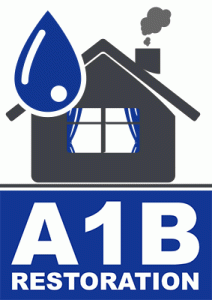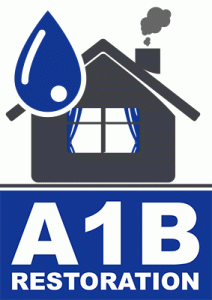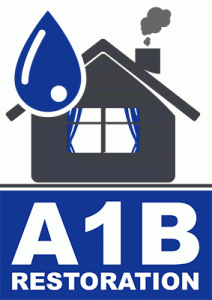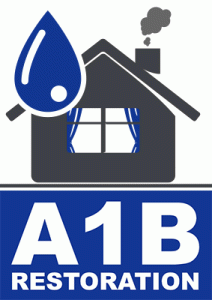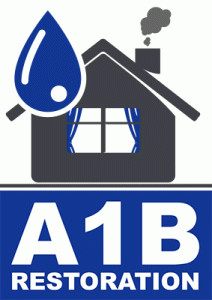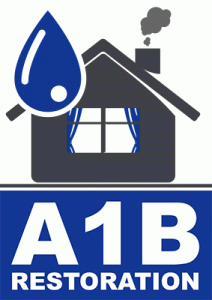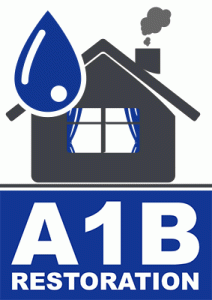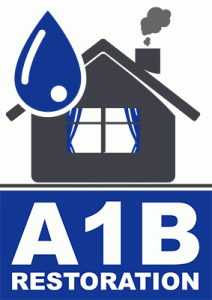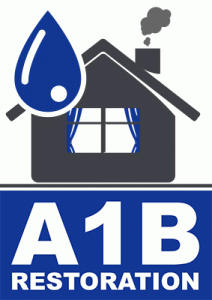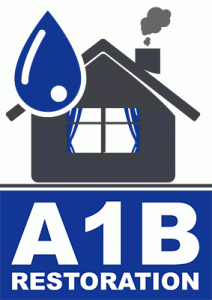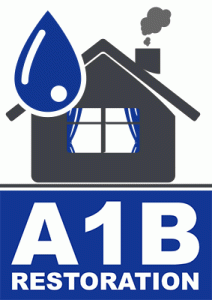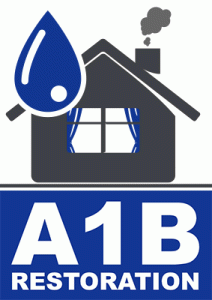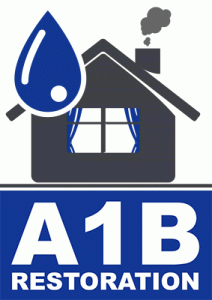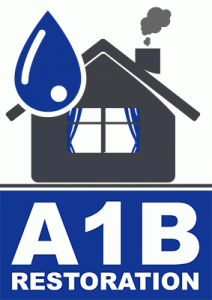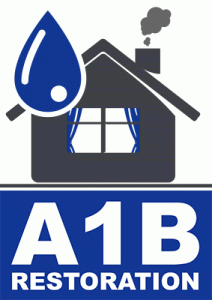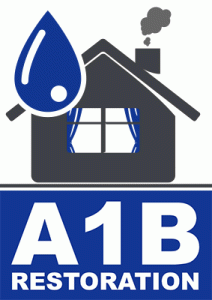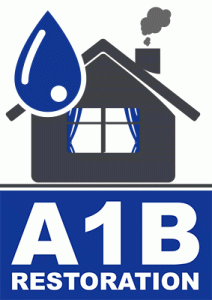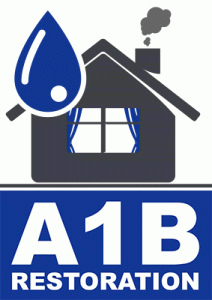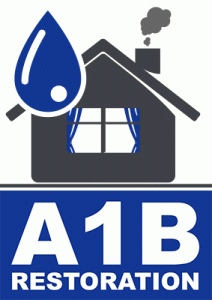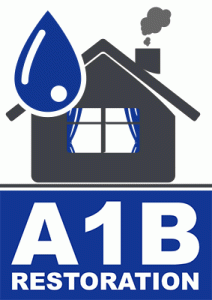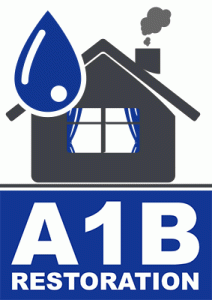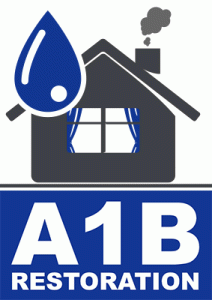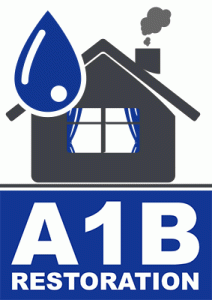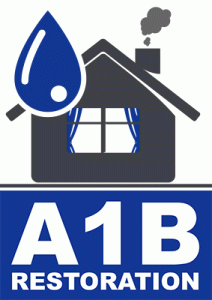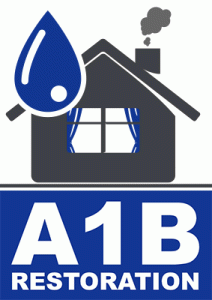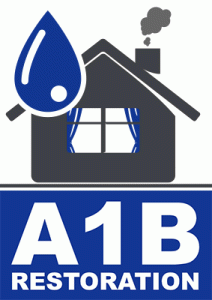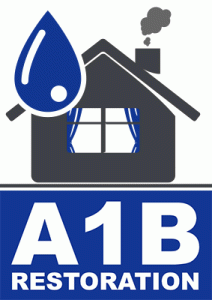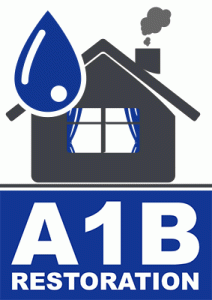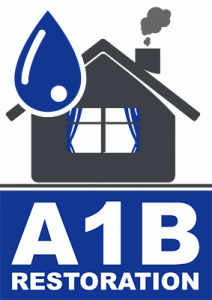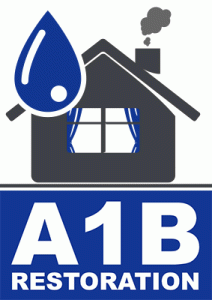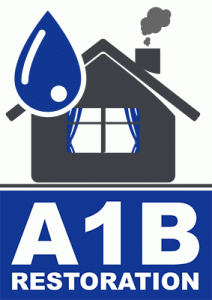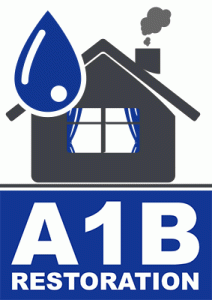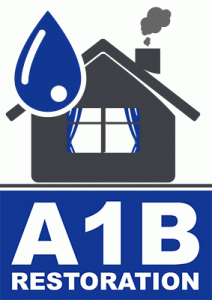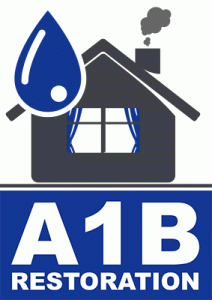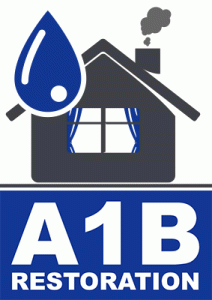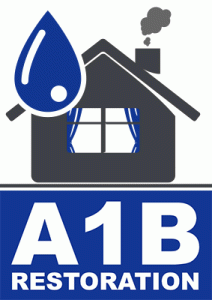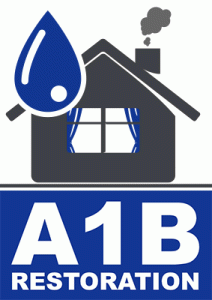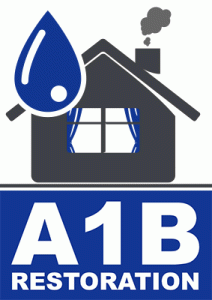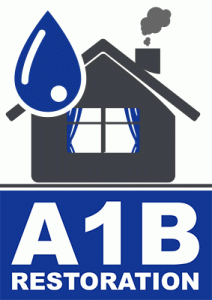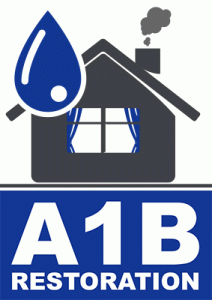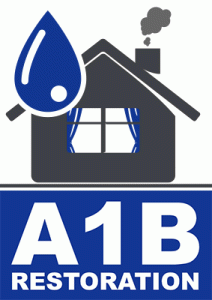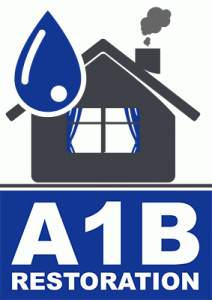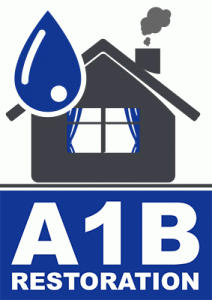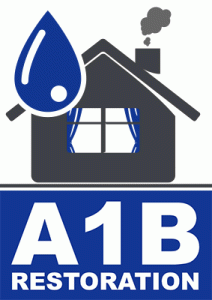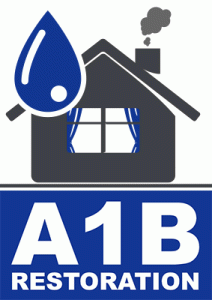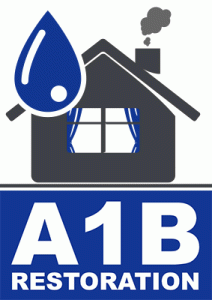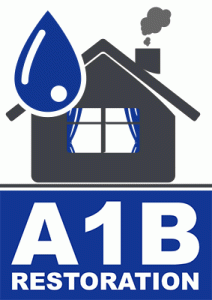How to Properly Document Water Damage for Insurance
Water damage can be a homeowner’s nightmare, often leading to extensive repairs and financial strain. However, properly documenting water damage for insurance purposes can significantly ease the claim process and ensure you receive the compensation you deserve. In this comprehensive guide, we will walk you through the necessary steps to effectively document water damage, offering actionable tips and key insights to help you navigate this challenging situation.
Understanding the Importance of Documenting Water Damage
Proper documentation is crucial when filing an insurance claim for water damage. According to the Insurance Information Institute, water damage claims have become the second most frequent type of insurance claim in the United States, accounting for over 20% of all claims. Insufficient documentation can lead to delays or even claim denials, making it essential to compile a thorough record of the damage.
Types of Water Damage Covered by Insurance
Before diving into the documentation process, it’s important to understand what types of water damage are typically covered by insurance policies. Most standard homeowner insurance policies cover sudden and accidental water damage, such as burst pipes or a sudden roof leak. However, gradual damage due to lack of maintenance is usually not covered. Always review your policy to understand the specifics of your coverage.
Step-by-Step Guide to Documenting Water Damage
1. Act Quickly and Safely
As soon as you notice water damage, prioritize safety. Ensure that the source of the water is stopped if possible and turn off electricity in affected areas to prevent electrical hazards. Prompt action can help minimize damage and is often required by insurance companies.
2. Capture Clear Photographic Evidence
Visual evidence is crucial for supporting your insurance claim. Take clear, detailed photos and videos of all affected areas. Include images of:
- The source of the water (e.g., broken pipe, leaking roof).
- All visible damage to the walls, floors, and ceilings.
- Personal property affected by the water.
- Any visible mold or structural damage.
Ensure your images have proper lighting and multiple angles to provide a comprehensive view of the damage.
3. Document the Extent of the Damage
Creating a detailed inventory of damaged items is essential. For each item, note:
- Description and condition before the damage.
- Estimated value and purchase date.
- Receipts or appraisals if available.
This information is critical when determining the compensation amount you are eligible for.
4. Keep a Record of All Communications
Maintain a log of all communications with your insurance company. This includes:
- Emails and letters.
- Phone call details including date, time, and who you spoke with.
- Notes on any in-person discussions.
Having a detailed communication log can help resolve any disputes that may arise during the claims process.
5. Obtain Professional Assessments
In some cases, it might be necessary to hire a professional to assess the damage. A contractor or water damage restoration specialist can provide a detailed report of the damage and the estimated cost of repairs. This can be invaluable in substantiating your claim.
Submitting Your Insurance Claim
1. Review Your Policy
Before submitting your claim, thoroughly review your insurance policy to understand your coverage limits, deductibles, and claim process. This knowledge will help you set realistic expectations for your claim.
2. Submit Your Claim Promptly
Insurance companies typically have a limited timeframe for submitting claims. Contact your insurer as soon as possible to initiate the claim process. Provide all necessary documentation, including your photographic evidence and inventory list, to expedite the review.
3. Cooperate with the Insurance Adjuster
Your insurance company will likely send an adjuster to assess the damage. Be cooperative and provide any additional information they may require. Accompany the adjuster during their inspection to ensure all damages are noted.
Tips for a Successful Insurance Claim
While each insurance claim is unique, following these tips can increase your chances of a successful outcome:
- Be honest and transparent about the damage and its cause.
- Don’t start repairs before the adjuster’s visit unless immediate action is necessary to prevent further damage.
- Keep all receipts and invoices for temporary repairs or accommodations.
Conclusion
Properly documenting water damage for insurance purposes can significantly impact the success of your claim. By following the steps outlined in this guide, you can create a comprehensive record of the damage, facilitating a smooth claims process and maximizing your chances of receiving fair compensation. Remember, thorough documentation not only supports your claim but also helps you recover more efficiently from the disruption caused by water damage.
For more tips on handling home-related emergencies, follow our blog and stay informed. Contact us if you have any questions or need further assistance.
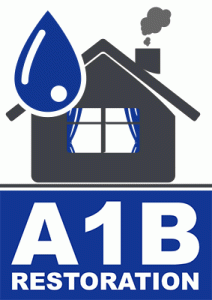
water damage restoration services near me Dallas Texas

water damage restoration service Lewisville Texas
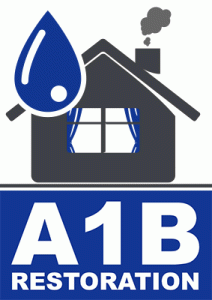
water restoration companies near me Lake Dallas Texas
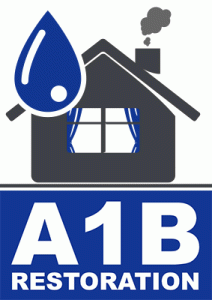
restoration company water damage Royse City Texas
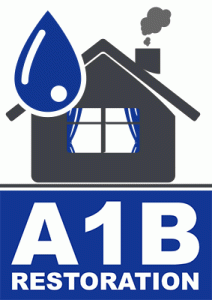
water mitigation company near me Lake Highlands Dallas Texas

Trauma Cleanup
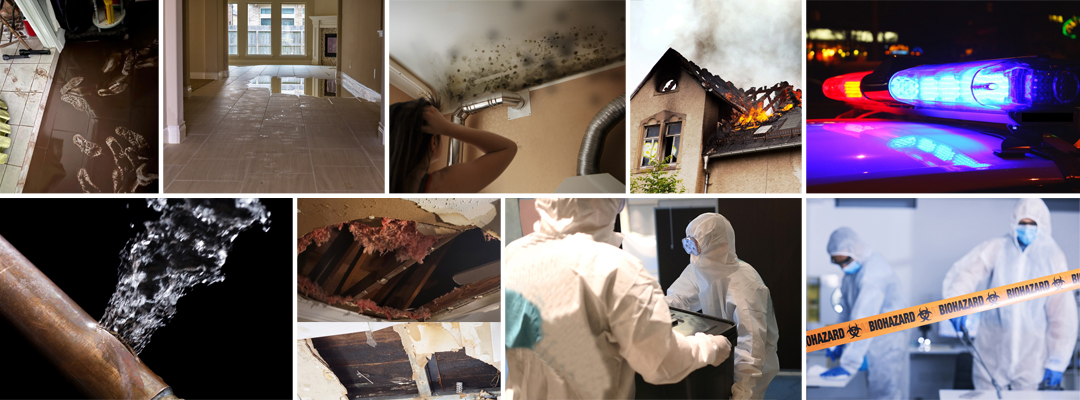
Water Damage Restoration Crime Scene Cleanup Company A1B Services
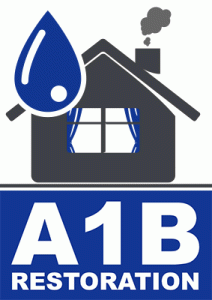
water damage and restoration companies Lavon Texas
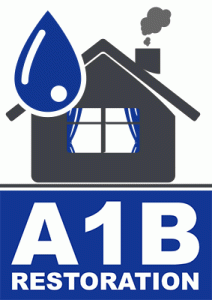
Carrollton Texas water damage restoration service near me
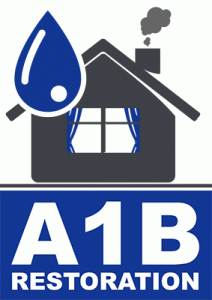
water damage company near me Preston Hollow Dallas Texas
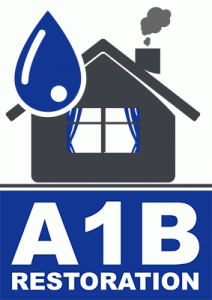
water damage companies near me North Richland Hills Texas
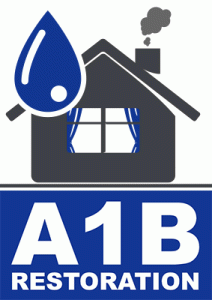
Colleyville Texas water damage restoration service near me

Preston Hollow Dallas Texas disaster restoration companies

Lake Highlands Dallas Texas water cleanup service near me
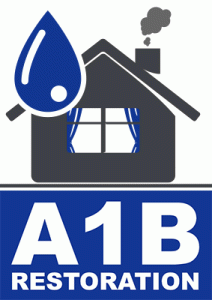
Fate Texas water damage restoration service near me

North Richland Hills Texas water extraction company near me

Sunnyvale Texas water damage restoration service near me
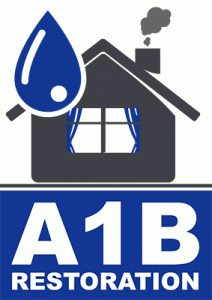
Preston Hollow Dallas Texas water damage restoration service near me

Lake Dallas TX water damage restoration companies near me

Lakewood Dallas TX restoration water damage experts

Richardson TX water damage restoration companies near me

Garland TX water damage restoration companies near me

water damage and restoration companies Lavon Texas
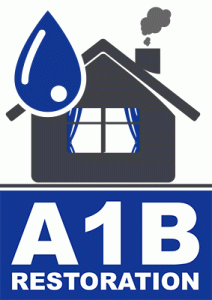
water damage company near me Lakewood Dallas Texas
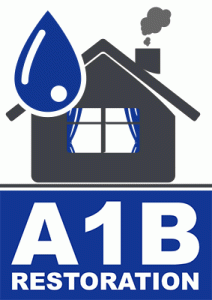
emergency water damage restoration Mesquite Texas
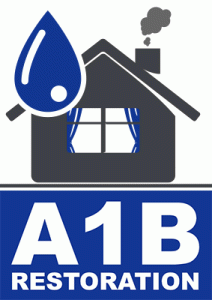
water mitigation company near me Lake Dallas Texas
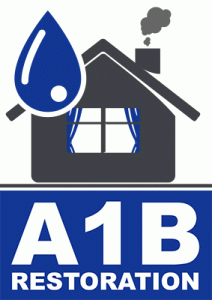
best water damage restoration near me Cedar Hill Texas
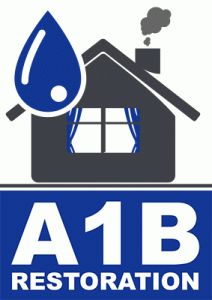
water damage clean up near me Highland Park Texas
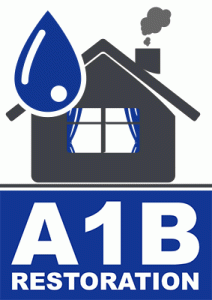
best water damage restoration near me Allen Texas
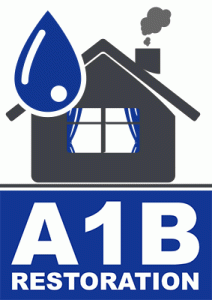
water remediation company near me Highland Park Texas
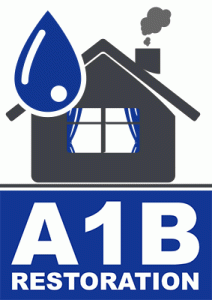
water damage and restoration companies Lewisville Texas

water mitigation company near me Lake Highlands Dallas Texas
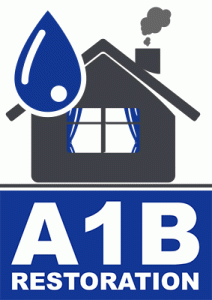
water restoration companies near me McKinney Texas

emergency water damage restoration Arlington Texas

water damage clean up near me Preston Hollow Dallas Texas
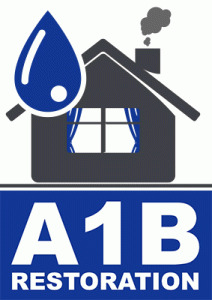
water restoration companies near me Rockwall Texas
